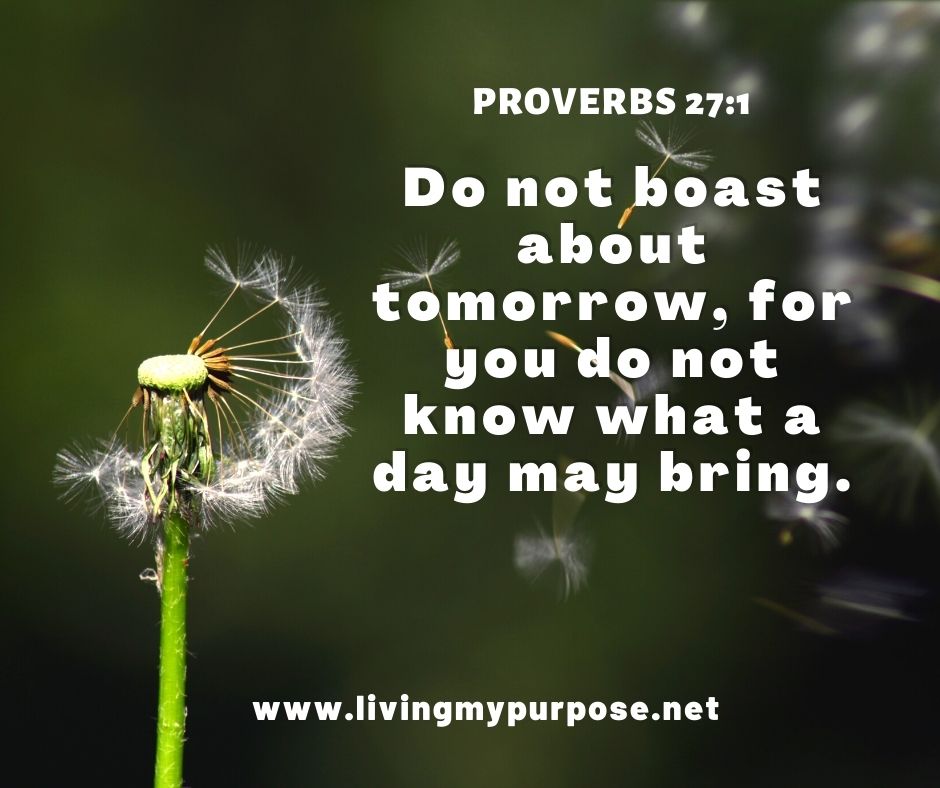
Recycling is the last R on “reduce, reuse, recycle” waste management system.
Recycling is the last option that we have to do for the waste that we have. If we focus first on reducing waste, there’s not much to reuse and there’s a lot less to recycle.
Recycling tips at home
(Information is for readers who live in Edmonton or surrounding area, if you live in a different location, check with your local government on how you can participate on their recycling program.)
Designate a container for recyclable materials. You can use a bin, a box, a bag to store materials. You can keep it beside the garbage can to remind everyone to recycle.
In Edmonton, we have the blue bag or blue bin program for recyclable waste. They are being pick up from our home. And we also have the recycling depots around the city, to drop off your recyclable items.
To be effective in recycling you have to know what materials can be recycle. If you are unsure of what materials can be recycled, check with your local area recycling program. Know which material can be reuse and what can be recycle and which one is really garbage.

1. Flatten boxes so they fit on your recycling boxes or bags.
2. All plastic bottles can be recycled, put them on your recycling containers.
3. Newspapers and flyers can be recycle, also all sorts of card boards. Wrapping papers, birthday cards, envelopes, phone books and even tissue and paper towel tubes.
4. Most metallic items can be recycled too, like empty spray cans and tin foils, also other fruits, vegetable and food cans.
5. Keep soda cans, milk cans and jugs, water bottles and juice tetra packs. And all other drink containers that are refundable. You can bring them to bottle depots and get a refund.
6. If you have materials that was not pick up on the curbside, You can drop them off at the recycling depot. Each bins are label to tell of kind of product should be place in. So read labels and instruction carefully.
7. Always recycle glass bottles and containers. Rinse and clean them before putting in the recycling bin.
8. If unsure if a product is recyclable check WASTE WISE to be sure. You can also download the WASTE WISE APP in your cell for your convenience.
9. Teach children about the importance of recycling. Show them and encourage them to participate on your recycling system at home.
10 . Look for products that are made from recycled materials when buying new stuff.
WHY RECYCLE?
Recycling is good for the environment
It helps conserve the landfill space, reduces the amount of landfill gas(contributor to greenhouse emissions)that is released into our atmosphere.
Recycling conserves our natural resources
By recycling we save most of our tress in making papers, the fossil fuels in making plastics, and the metals that were extracted through strip mining.
Recycling reduces pollution because manufactures are reusing materials instead of creating new ones, which also saves energy, and toxic chemicals and greenhouse gases aren’t being released into the atmosphere though incineration in landfills.
Reduce Waste
Residential waste are diverted from landfills, so landfill space is conserved. Materials are use over again, resulting to much reduction of waste.
WHEREVER YOU ARE, MAKE A DIFFERENCE FOR OUR ENVIRONMENT. SUPPORT YOUR LOCAL GOVERNMENT’S PROGRAMS IN RECYCLING.






